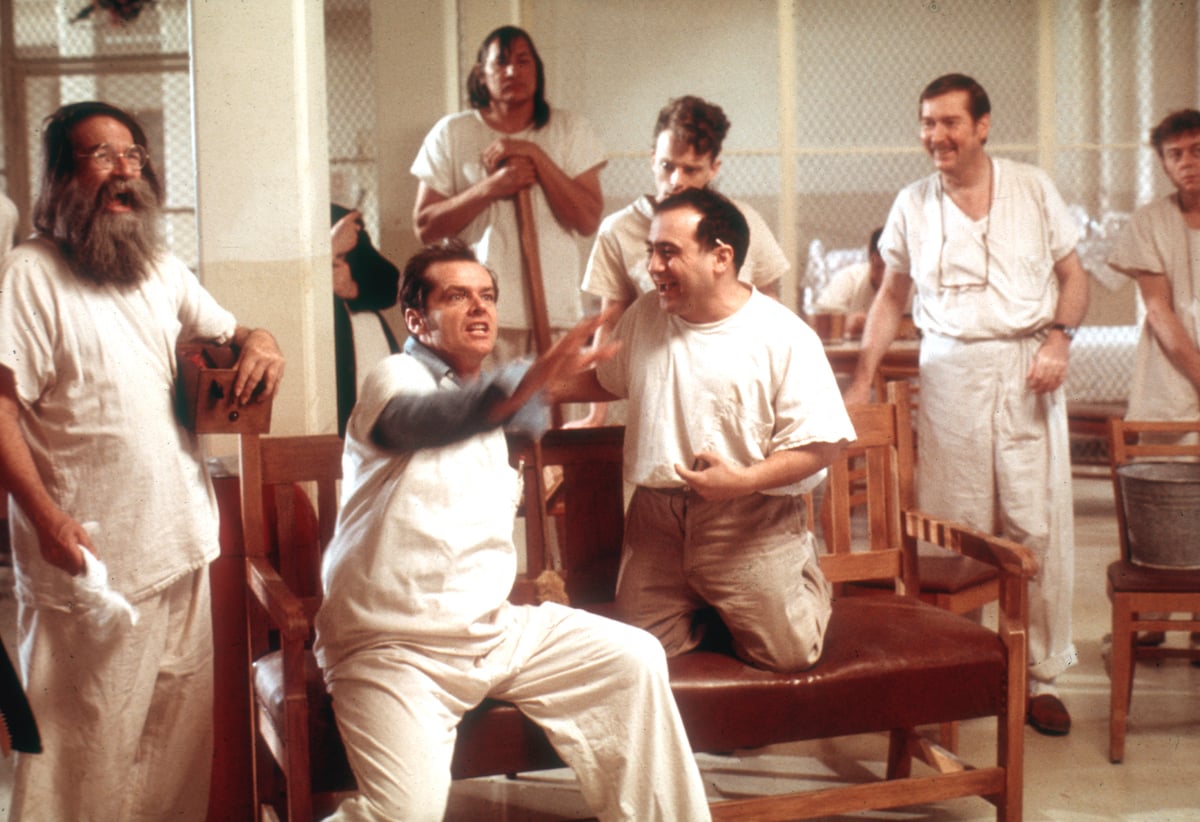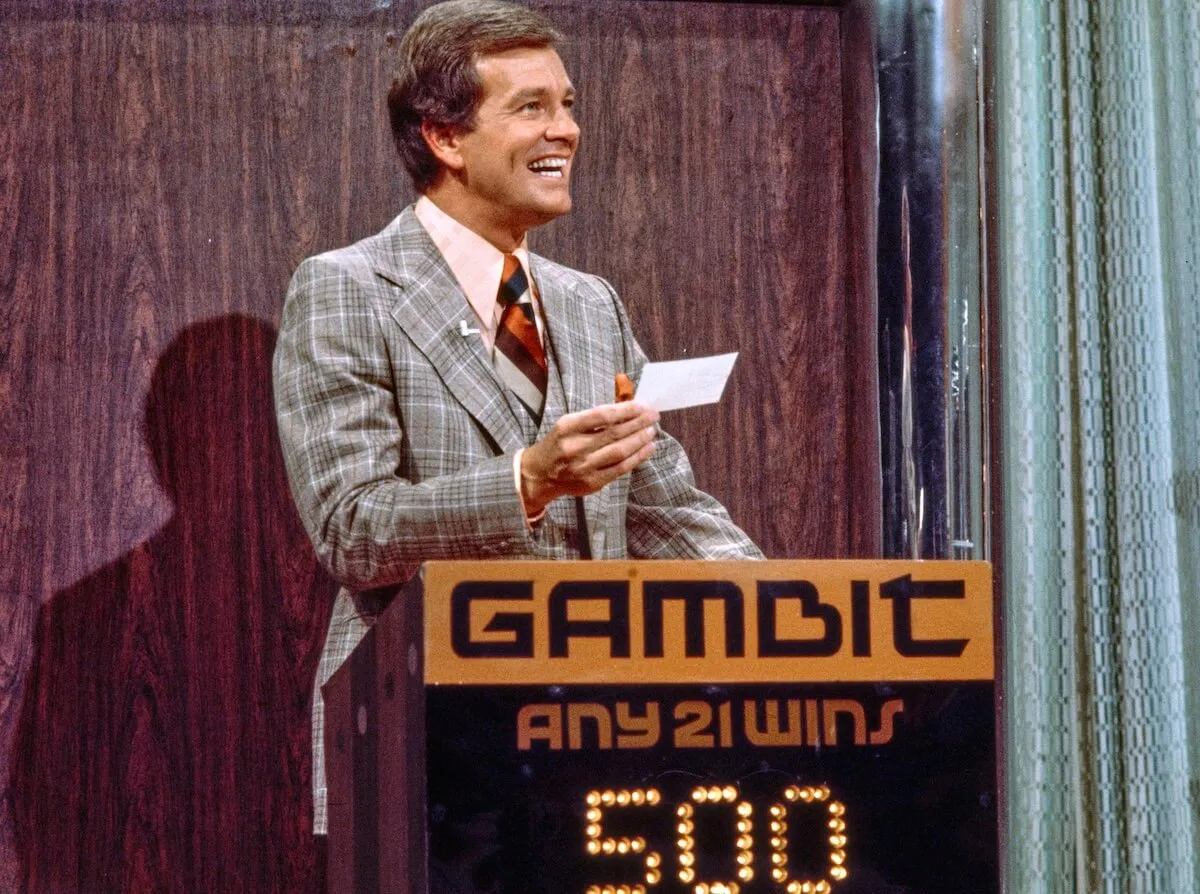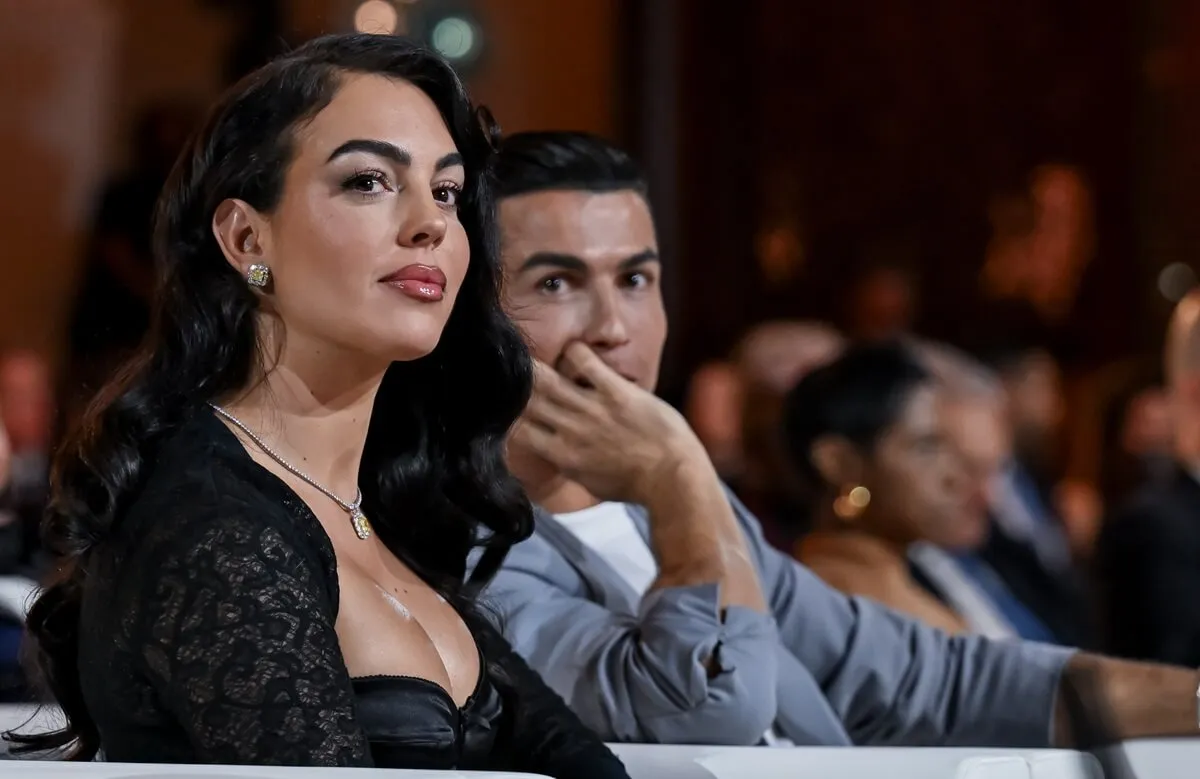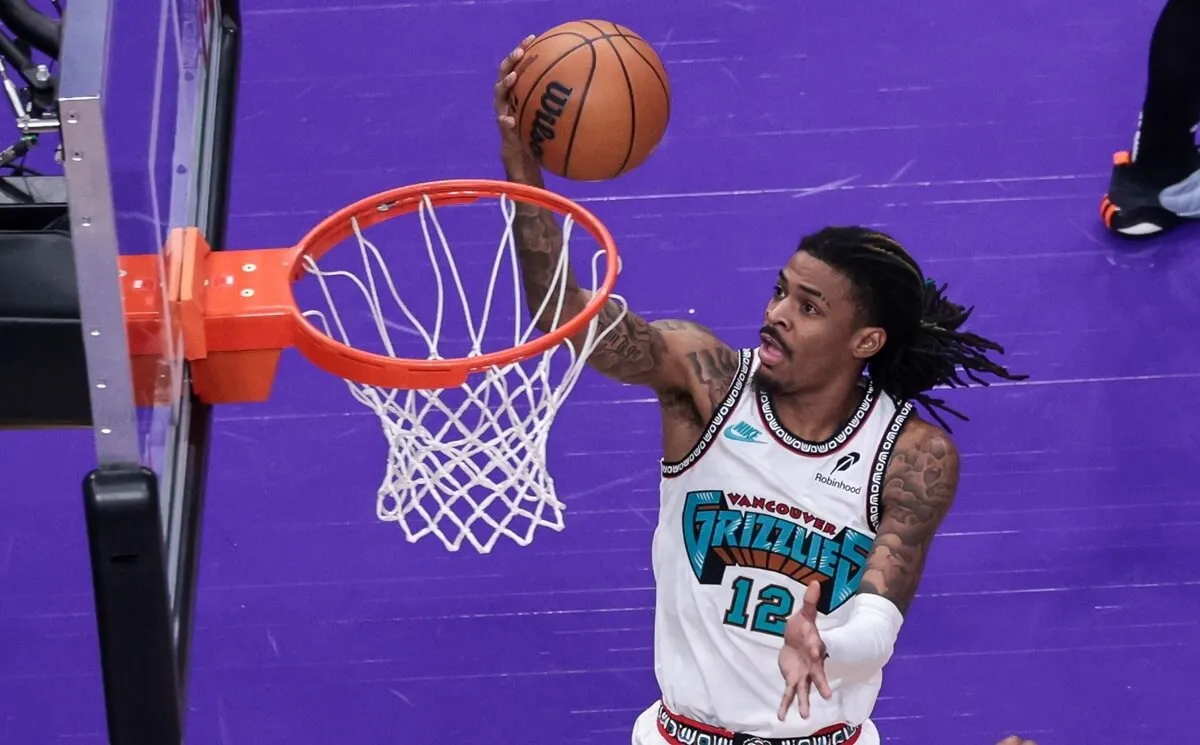‘One Flew Over the Cuckoo’s Nest’ Employed Real Patients From a Mental Hospital: ‘We Had an Arsonist Working in the Art Department’
When someone mentions the 1975 movie One Flew Over the Cuckoo’s Nest, many people can tell you it’s about mental patients and stars Jack Nicholson whether they’ve seen the film or not. Those who have seen the movie will likely tell you it’s excellent and point out that it won a lot of Oscars back in the day — all true.
Recently, some intriguing behind-the-scenes stories have emerged. We have all of the details about how the movie came to be and the surprising production elements that fans may not know.
‘One Flew Over the Cuckoo’s Nest’ was adapted from a book to film
Author Ken Kesey wrote One Flew Over the Cuckoo’s Nest in the early ’60s. Legendary actor Kirk Douglas was so taken with the book that he acquired the rights to it not long after it was published in 1962, according to The Guardian. Douglas played the main character, Randall Patrick McMurphy, after he developed the novel into a Broadway play in 1963.
For years, Douglas tried to develop the tale of a single man fighting against the system. It wasn’t until the ’70s, however, that he handed the project off to his son, actor Michael Douglas.
Michael and Saul Zaentz produced the film with Milos Forman directing. By then, Kirk was too old to play McMurphy. Jack Nicholson was suggested for the part by Hal Ashby who was in the running to serve as the director early on.
Nicholson’s schedule delayed the project for six months. But it worked to their advantage as it gave them time to assemble the perfect cast. Actor Danny DeVito played Martini in the 1971 off-Broadway production, making for an easy casting choice. They found Will Sampson through a used car dealer in Oregon who Douglas met on a plane.
Louise Fletcher wasn’t their first choice to play Nurse Ratched. When Forman watched the film Thieves Like Us, he considered Shelley Duvall for the role. Instead, he became interested in casting Fletcher who eventually won the part.
When Douglas and Zaentz decided to shoot the film in a real mental hospital in Oregon, things got interesting. They filmed in January 1975. It was already dark by three in the afternoon there, making for a dark ambiance while filming.
‘One Flew Over the Cuckoo’s Nest’ utilized ‘criminally insane’ patients as extras and crew

Filming in an actual mental asylum was a hard sell when you consider the risk it posed for the hospital’s administration. Dean Brooks, the hospital’s director, ended up playing Dr. Spivey in the film, McMurphy’s supervisor. It was his wish to incorporate some of his patients into the production, and they complied.
Michael explained that many of the patients worked among the crew in different departments. The Basic Instinct star explained that they didn’t immediately realize several of them were criminally insane. They even had an arsonist working in their art department. A few others appeared as extras in the film.
Brooks assigned a patient to each of the actors to shadow during the scheduled 11-week shoot. Some cast members even slept in the wards at night to get into the right mindset.
Forman explained to History by Day that Brooks thought the experience would be good therapy for some of his patients. The director said the experience of working with the patients was humbling for both the cast and crew, to see the lives of “those poor souls.”
Shock treatments at 6 a.m.
Fletcher told a story about arriving in Oregon that January for a week-long rehearsal. She found it invaluable in preparing for the role.
Production observed the daily routine of the patients for the rehearsal week. One morning, at 6 a.m., she and Nicholson watched an electroconvulsive therapy (ECT) and described the experience as “heavy.”
When in character, Fletcher wore no makeup — just Vaseline on her lips and what she called a “crazy hairdo.” The actor explained that it wasn’t easy to make Ratched into a human being. She said she did a lot of improvising for the role.
Things happened organically as Fletcher explained it. For group therapy scenes, she said Forman used a three-camera set-up, which was unusual. It allowed them to capture all of the shots they needed at once instead of moving the camera and running through the scene again for the reverse.
Fletcher explained the filming technique made a huge difference. Whenever Nicholson or one of the other patients did something unanticipated, it was captured. At the 1976 Academy Awards, Fletcher won the Oscar for Best Actress. Nicholson won Best Actor; Forman won for Best Directing; Michael and Zaentz won for Best Picture. One Flew Over the Cuckoo’s Nest also won the Academy Award for Best Writing.


